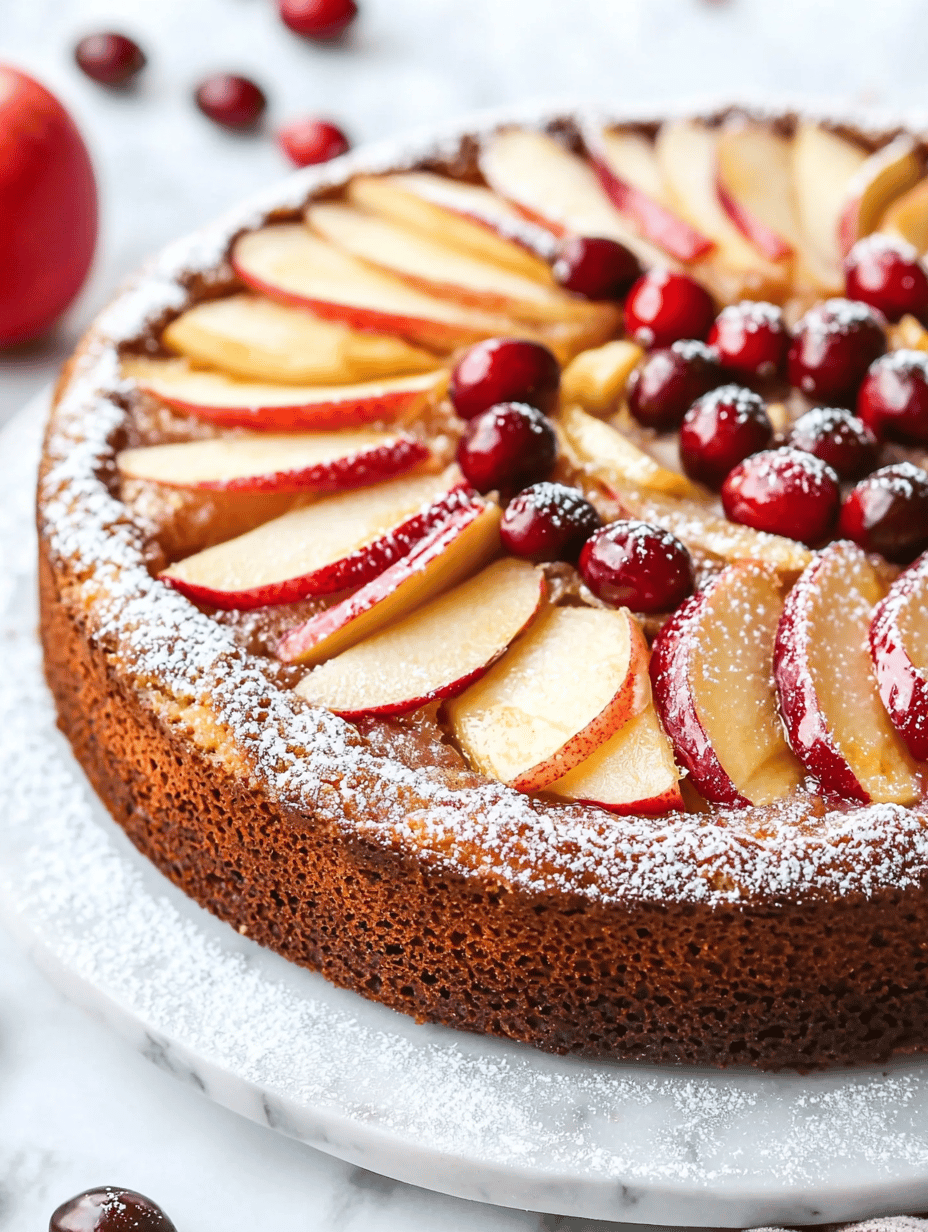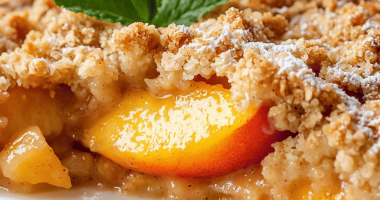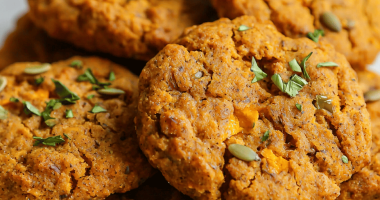Spiderweb donuts aren’t just a dessert, they’re a little act of rebellion in the kitchen. I love how the tangled pattern turns a simple dough into something visually wild and a tad chaotic. It’s a messy process, but that’s part of the charm. Plus, they smell like warm sugar and fried happiness, which gets everyone’s attention.
Why These Donuts Are a Repeated Affair
They marry chaos and comfort in a way that’s irresistibly fun. Every batch feels like a tiny rebellion, and the messy web pattern makes each donut uniquely imperfect. Plus, the smell of fried sugar and warm dough is a small, persistent joy that keeps drawing me back. It’s a perfect project when I want a little mess and a lot of flavor.
Inside the Ingredients of Your Spiderweb Donuts
- All-purpose flour: Forms the dough’s structure, needs good gluten development for elasticity.
- Active dry yeast: Gives rise to the dough, makes it fluffy and light; proof it until bubbly.
- Milk and butter: Create richness and flavor, warm to activate the yeast, but don’t boil.
- Sugar: Sweetens and helps the dough brown beautifully in frying.
- Jam or chocolate spread: Fills the centers, adds gooey contrast, choose your favorite—strawberry, Nutella, or lemon curd.
- Oil for frying: A neutral oil like vegetable or canola, heats quickly and crisps perfectly.
- Powdered sugar or glaze: Optional finishing touch, adds sweetness and shine.
Tools of the Trade for Spiderweb Perfection
- Rolling pin: To flatten the dough evenly before cutting.
- Round cutter or glass: To cut out perfect donut shapes.
- Piping bag or small spoon: To create the web pattern on the donuts.
- Deep frying pan or pot: To fry the donuts safely and evenly.
- Slotted spoon or spider strainer: To remove donuts from hot oil.
Step-by-Step Guide to Crafting Your Spiderweb Donuts
Step 1: Mix the flour, sugar, yeast, and a pinch of salt in a large bowl.
Step 2: Warm the milk and butter until just melted, about 40°C (105°F).
Step 3: Combine wet and dry ingredients, kneading until smooth and elastic, about 8 minutes.
Step 4: Let the dough rise in a warm spot until doubled, roughly 1 to 1.5 hours.
Step 5: Roll out the dough to about 1 cm thickness and cut into rounds.
Step 6: Using a piping bag or a small spoon, fill each circle with a dollop of jam or chocolate spread.
Step 7: Create a spiderweb pattern on top by piping thin lines across each donut, then connecting them with radial lines.
Step 8: Fry in hot oil (around 180°C / 355°F) until golden and crispy, about 2-3 minutes per side.
Step 9: Drain on paper towels and let cool slightly before glazing or dusting with powdered sugar.
Cooking Checkpoints & Tips for Perfect Spiderweb Donuts
- Dough should be soft but not sticky; add flour or milk as needed.
- Oil must be hot enough; a flick of water should sizzle immediately.
- Web pattern should be visible but not overdone—keep it light for a crispy finish.
- Donuts should be golden and crackle when flipped; avoid burning the edges.
Common Mistakes & How to Fix Them
- Oil too cold, donuts absorb oil and turn greasy.? Use a thermometer to keep oil temperature steady at 180°C (355°F).
- Dough sticking to surface or cutter.? Dough too sticky? Dust with a little flour during rolling.
- Pattern smudges or melts during frying.? Web pattern is blurry? Pipe thinner lines with steady pressure.
- Soggy donuts from overcrowding.? Overcrowd the pan? Fry in batches to maintain temperature.

Spiderweb Donuts
Ingredients
Equipment
Method
- In a large bowl, whisk together the flour, sugar, yeast, and a pinch of salt until well combined.
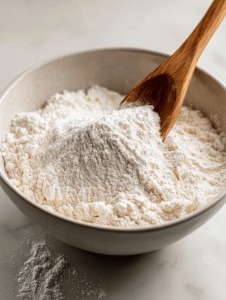
- Warm the milk and melt the butter together until just warm and combined, about 40°C (105°F), filling your kitchen with a cozy aroma.
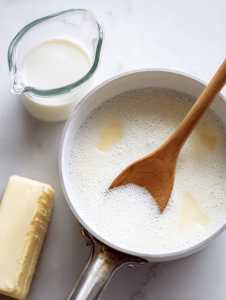
- Pour the warm mixture into the dry ingredients and knead until you get a smooth, elastic dough, about 8 minutes—this helps develop the gluten for a soft texture.
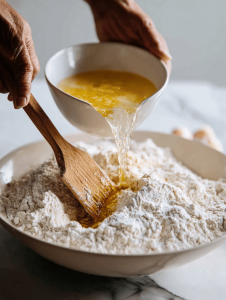
- Cover the bowl with a damp towel and let the dough rise in a warm spot until doubled in size, approximately 1 to 1.5 hours, filling your kitchen with the smell of yeast and warmth.
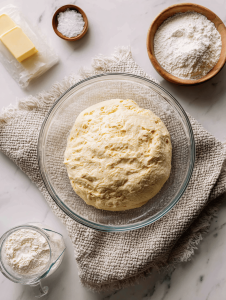
- Once risen, punch down the dough gently and roll it out on a floured surface to about 1 cm thickness, creating an even layer.
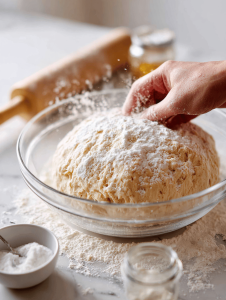
- Use a round cutter or glass to cut out circles, arranging them on a parchment-lined tray.
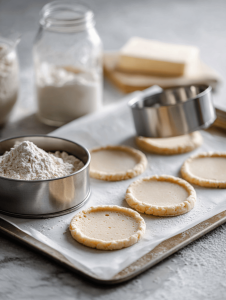
- Fill a piping bag or small spoon with jam or chocolate spread, then dollop a small amount onto the center of each donut circle, avoiding the edges.

- Create the web pattern by piping thin lines across each donut in a crisscross manner, then connect these lines with radial strokes from the center outward.
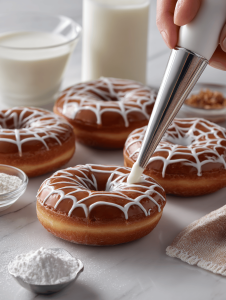
- Heat your oil to approximately 180°C (355°F). Carefully fry the donuts in batches, turning once, until they are golden brown and crispy, about 2-3 minutes per side, filling your kitchen with a delightful frying aroma.
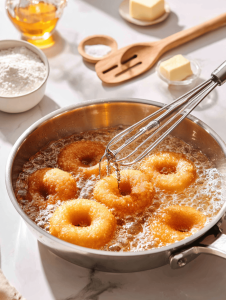
- Remove the donuts with a slotted spoon or spider strainer, drain on paper towels, and let cool slightly before dusting with powdered sugar or drizzling with glaze for the perfect finishing touch.
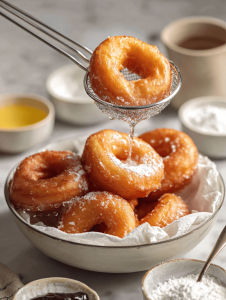
Notes

Hi there! I’m Isabella, the founder and curious foodie behind Crumb Detective. I’ve always believed that every dish has a story to tell — from the secret family recipes passed down through generations to the bold experiments happening in kitchens around the world.




